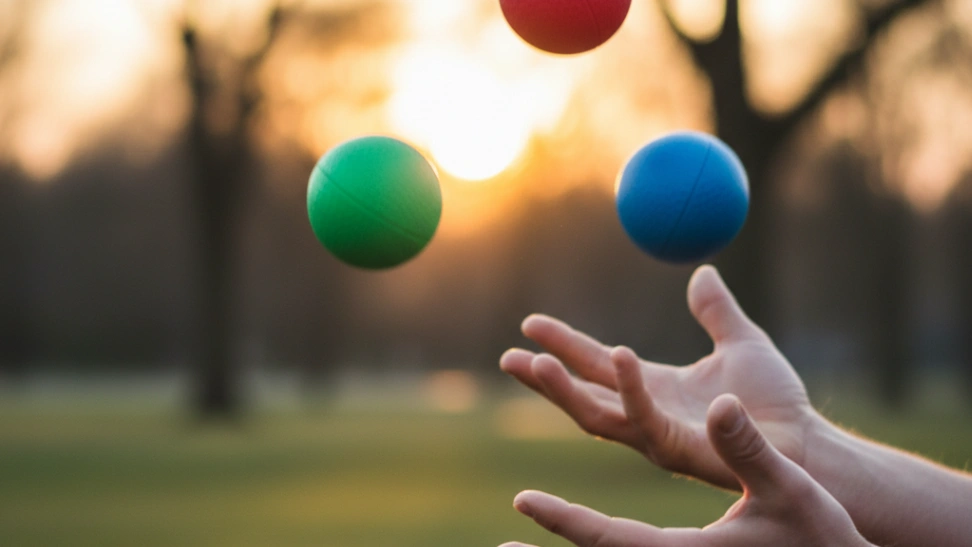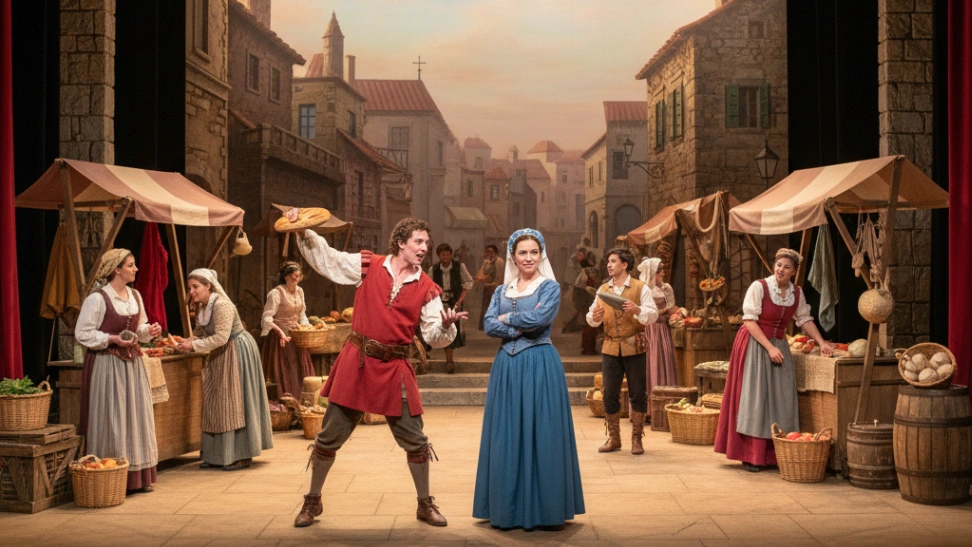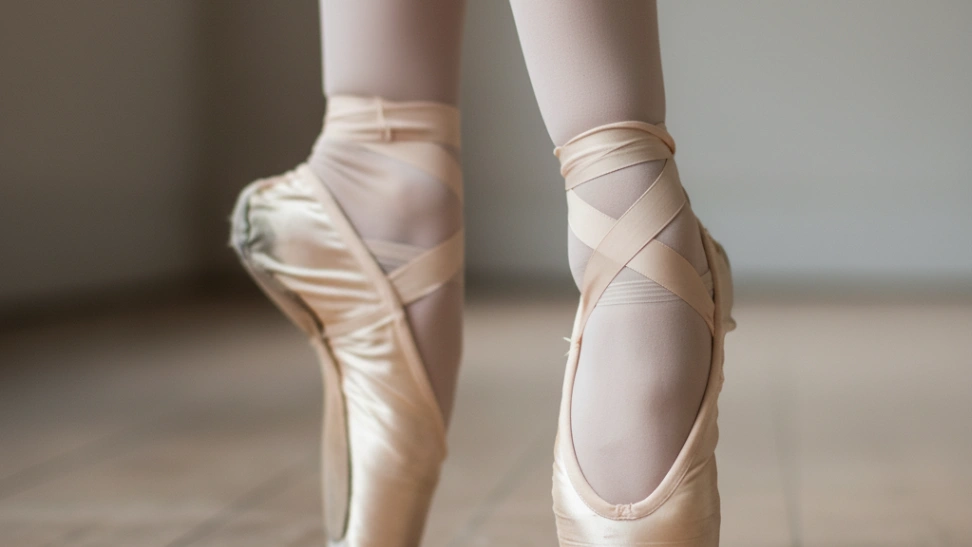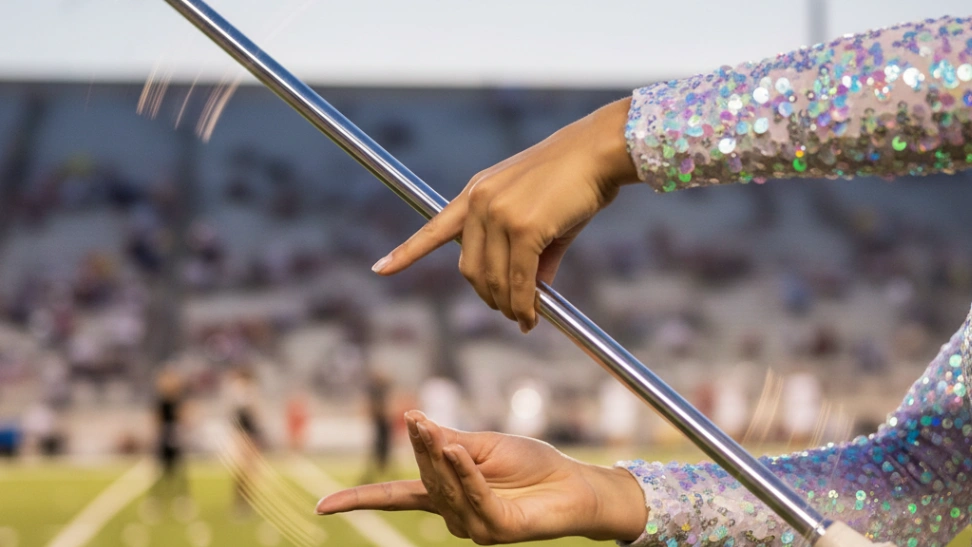The history of juggling is remarkably rich and ancient, with evidence suggesting its practice dates back thousands of years. The earliest known depiction of juggling comes from a 4,000-year-old Egyptian tomb painting of Beni Hasan, showing female acrobats tossing balls. Ancient civilizations across the globe, including China, Greece, Rome, and Mexico, also show records of juggling in various forms. Early jugglers were often priests, shamans, or performers in religious ceremonies and royal courts, captivating audiences with feats that seemed magical. In medieval Europe, jesters and troubadours kept the tradition alive, often performing with practical objects like torches or knives. The art experienced a resurgence during the Renaissance, appearing in theatrical performances and circuses. Throughout these eras, juggling was not merely entertainment but often a demonstration of skill, dexterity, and even a form of spiritual practice or ritual. It was an activity that transcended cultures and time, serving various purposes from storytelling to pure spectacle. The evolution of juggling over millennia highlights its universal appeal and enduring fascination as a human endeavor. This long and varied history underpins the modern practice, which still draws inspiration from these ancient roots while continuously innovating with new techniques and props. The enduring presence of juggling across diverse cultures and historical periods attests to its fundamental appeal and the inherent human desire to master complex physical skills. It has always been a way to showcase precision, grace, and an almost defiant control over the laws of physics, making it a timeless performing art. The development of specific props like clubs and rings, distinct from simple balls, further broadened its scope and difficulty, leading to the sophisticated acts we see today. The integration of juggling into circus acts solidified its place as a popular form of entertainment, evolving alongside other acrobatic and theatrical displays. From its humble beginnings in ancient rituals to its modern-day presence in street performance and competitive arenas, juggling remains a vibrant and evolving art form, deeply rooted in a shared human past.
Modern juggling encompasses a wide array of styles and props. Beginners typically start with three balls, learning fundamental patterns like the "cascade." As skill develops, jugglers explore four, five, or even more balls, as well as different objects such as clubs, rings, diabolos, devil sticks, and contact juggling props. Beyond object manipulation, juggling also involves an element of performance and showmanship. Many jugglers practice to entertain others, whether in a formal setting, on the street, or at social gatherings. The pursuit also fosters a deep understanding of physics, momentum, and body mechanics, as practitioners intuitively learn how to control forces and trajectories. It’s a hobby that requires patience and persistence, as mastery comes through countless hours of practice and dropped objects. However, the satisfaction derived from successfully executing a complex pattern or learning a new trick is immensely rewarding, fueling further dedication. The sheer variety in juggling means there's always something new to learn, preventing the hobby from ever becoming stale. Whether one is interested in intricate technical sequences, flowing artistic routines, or combining juggling with other performance arts, the field offers boundless possibilities for personal growth and expression.
Beyond the spectacle, juggling offers numerous personal benefits. It significantly improves hand-eye coordination, reflexes, concentration, and spatial awareness. The rhythmic nature of juggling can also be meditative, helping to reduce stress and improve mental focus. It's a fantastic brain exercise, promoting neuroplasticity and enhancing cognitive functions by engaging both hemispheres of the brain. Physically, it's a low-impact activity that gently exercises the arms, shoulders, and core. The global juggling community is vibrant and welcoming, with clubs, workshops, and festivals held worldwide. These events provide opportunities to learn from experienced jugglers, share tricks, and collaborate on routines. Online forums and video platforms also serve as invaluable resources for learning and connecting with fellow enthusiasts. This sense of community and shared passion adds another rich layer to the hobby, making it not just about individual practice but also about connection and camaraderie. Many jugglers find joy in teaching others, spreading the love for this ancient art form, and watching new enthusiasts discover its delights. The supportive environment often helps beginners overcome initial frustrations and encourages continuous improvement.



